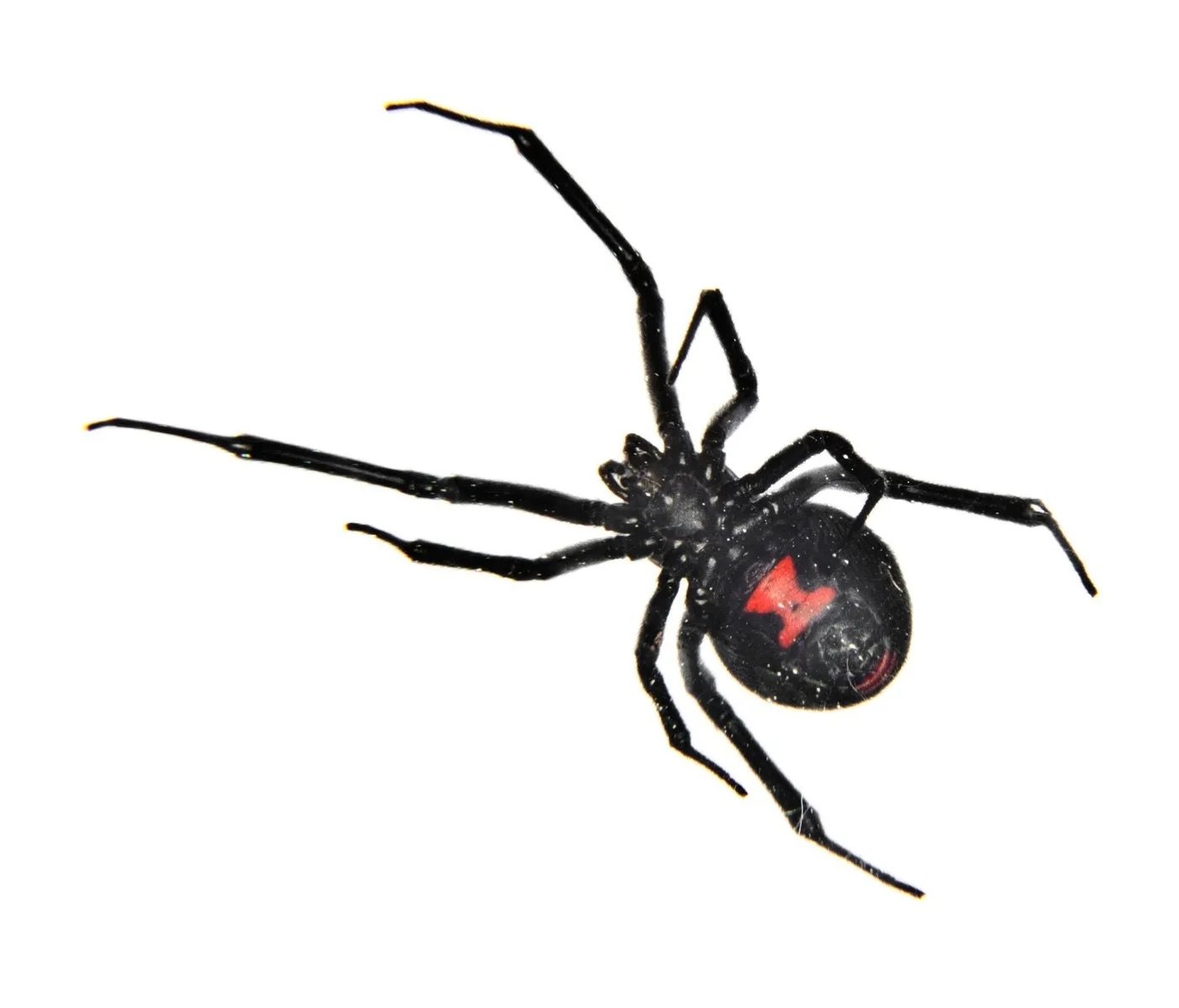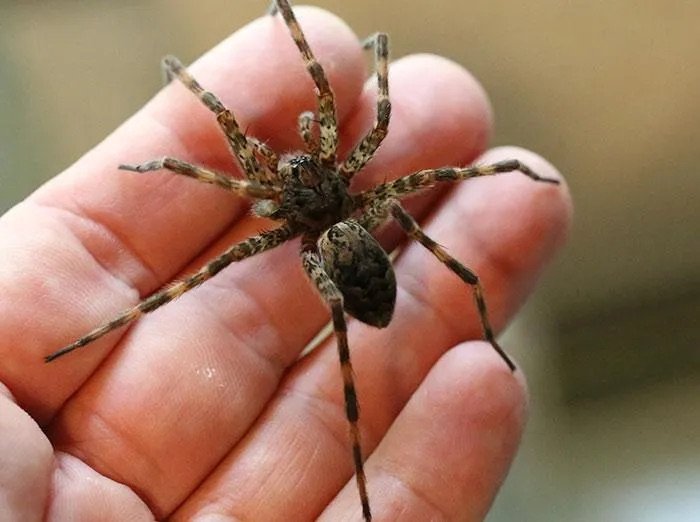Spider Pest Control
Having problems with spiders around your home? Here are some keys things to note.
Signs of Spider Infestation in Your House
Identifying a spider infestation early can save you a lot of trouble. Here are some common signs:
Spider Webs: Discovering spider webs throughout the house is a clear indicator of their presence.
Frequent Sightings: Spiders generally prefer to stay hidden. If you are frequently seeing them, it's a sign there are more hiding nearby.
Spider Eggs: Finding spider eggs is another sign of an infestation.
Spider Bites: Bites are a less common but serious sign of spider presence.
Spider Infestation Around Your House
Spiders belong outside, but that doesn't mean you want them spinning webs and infestating the hangout spots around your home. Here’s what you should know:
Spraying can be Ineffective: Solely spraying for spiders usually doesn’t work. Instead, we suggest a multi-step process.
Turn off the outdoor lights when not in use during night time.
Eliminate food sources (other insects) with professional pest control.
You can also destroy webs, which can deter spiders from creating new ones on your property.
It’s also highly recommended to keep your property cut and clean. The more dark and dusty places, the more potential homes for spiders.
Garden Benefits: Spiders in gardens are beneficial as they protect plants from damaging insects. They serve as a natural pest control, preying on less beneficial or disease-carrying insects. This is a part of Integrated Pest Management (IPM), which emphasizes non-chemical methods to maintain pest-free areas. Using spiders for pest control is a classic example of biological control. So while we do suggest controlling your spiders around your home, you also want to make sure not to destroy the natural ecosystem. Talk to a professional for more guidance.
How to Get Rid of Spiders Naturally
Natural methods can effectively reduce spider populations in and around your home:
Essential Oils: Spiders are repelled by scents like peppermint, tea tree, eucalyptus, and lavender. Mix a few drops with water and spray around windows, doors, and other entry points.
Vinegar and Water: Spray a vinegar and water mixture in nooks and crannies to discourage spiders from hiding.
Outdoor Maintenance: Keep your grass short and prevent plant overgrowth to reduce hiding spots.
Indoor Cleanliness: Maintain a clean and tidy home to avoid attracting spiders.
Professional Help: If these methods aren’t working it may be time to consult a professional exterminator.
How to Get Rid of Spider Infestations
At Jo’s we can help identify a spider infestation and give you a plan to control spiders without harming your home. Our licensed and trained professionals apply chemicals safely in and around your home, ensuring effective spider eradication.
In Central Texas we often see the same spiders in and around homes. Here are some to look out for:
Central Texas Spiders
Black Widows
Habitat: Found in dark, hidden places like garages, under furniture, and rain spouts.
Appearance: Black with an underside containing two red triangles, about 1.5 inches long with eight eyes.
Bite: Often feels like a pinprick initially. Typically causes slight local swelling with two red puncture marks surrounded by redness. Pain intensifies within 1 to 3 hours, lasting up to 48 hours. Symptoms include tremors, nausea, vomiting, leg cramps, abdominal pain, profuse sweating, loss of muscle tone, increased blood pressure, and respiratory difficulties. Fatalities are rare, occurring in less than 5% of cases.
Brown Recluses
Habitat: Beneficial for insect control by eating crickets and cockroaches but can cause harm if they bite.
Appearance: Covered in brown-gray hairs with long legs and a violin-shaped marking on the abdomen.
Bite: Symptoms include fever, swelling, and insomnia. The bite area may ulcerate, taking weeks to heal. Although rarely life-threatening, it’s important to keep the wound clean and consult a doctor if it worsens.
Wolf Spider Infestation
Wolf spiders are known for their hunting skills and agility. Things to note:
Appearance: Typically brown, gray, or black with contrasting markings or stripes. They have eight eyes arranged in three rows.
Size: Most are between 0.5 to 2 inches long.
Hunting Behavior: Ground hunters that rely on keen eyesight and speed to catch prey.
Habitat: Found worldwide, living on the ground under rocks, logs, leaves, and debris.
Bite: Non-aggressive and will only bite if threatened. Bites cause mild pain, swelling, and itching.
Role: Important for controlling pest populations by feeding on harmful insects.
Spider Cricket Infestation
Spider crickets, also known as camel or cave crickets, look like spiders but are actually crickets. They are often confused with wolf spiders due to their long legs and antennae. Although mostly harmless, they can be a nuisance. Here’s what you need to know:
Habitat: They thrive in homes, feeding on fungus, plant matter, fabric, rugs, wood, cardboard, and even other spider crickets.
Control: Maintain a clean home and address any infestations promptly to prevent damage and discomfort.
Jo’s Can Help!
By following these tips and understanding the behavior and benefits of different spider species, you can effectively manage spider populations in and around your home. If you suspect any infestations or want a professional to assist, we are here for you.
Jo’s Pest and Lawn specializes in maintaining your home and yard to minimize the chances of a spider infestation. If you have a spider problem already, we are here to help with that too.

Ready to get your spider problem under control?
Jo’s Pest & Lawn is a brand new family owned business based right here in Central Austin.
With years of experience in the industry, we pride ourselves in providing a tailored, eco-friendly solution for your pest control and lawn care needs.
-

Rodent Control
-
Mosquito Control
-
Pest Control
-

Holiday Lights









